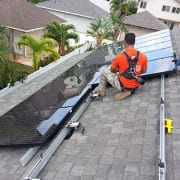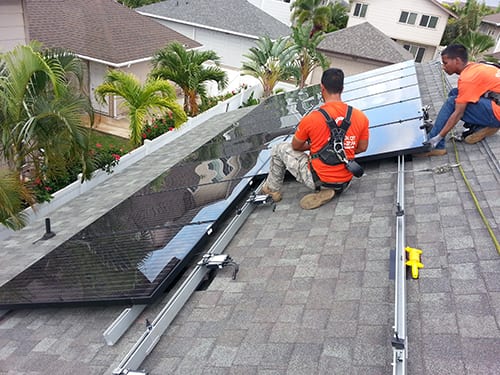APsystems unveils the DS3 series, a dual-module, single phase microinverter product line for residential and commercial solar applications at the Solar Solutions International trade show in The Netherlands.
A new, groundbreaking design for APsystems, the DS3 series is launching with multiple power offerings in several major global markets, with outputs up to 960VA—making it the most powerful dual-module microinverter in the world and reflecting APsystems’ commitment to powerful innovation with global capability.

The new platform architecture, built from the ground up by the power electronics design experts comprising APsystems’ engineering and R&D teams, employs the latest breakthroughs in power inversion circuitry, semiconductor device technology, high-speed communication and intelligent control.
The DS3 series is designed to be paired with virtually any choice of PV module type and size, including 60 and 72-cell modules, 120 and 144 split-cell modules, as well as bi-facial modules. With multiple output ranges available, installers can capably find an optimal DS3 microinverter model to match their choice of PV module type, size and capacity to maximize the power output and increase energy harvest. The new product line is also fully compatible with APsystems’ existing QS1 and YC600 microinverters as well as ECU-R, ECU-C and ECU-B gateway devices.
DS3 Series microinverters offer the following features and benefits:
- Maximized power output for each application to harness today’s high-capacity PV modules
- High 97% efficiency
- Reactive Power Control, meeting interconnection requirements
- A wide range of power outputs ideal for all major solar markets
- More intelligent, streamlined architecture
- Future-proof with remote upgradeability
- 20% fewer components for increased reliability
- Encrypted Zigbee wireless for faster communication speed and enhanced system security
The DS3 Series will launch in Q1 of 2022 with the following models available: DS3-S at 640VA, DS3-L at 768VA & DS3 at 880VA
The DS3 series continues to build on the successful APsystems line of multi-module microinverters, offering reduced logistics costs, faster installation, improved communication and connection features, and a wide MPPT voltage range for greater energy harvest during low light conditions.



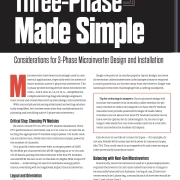





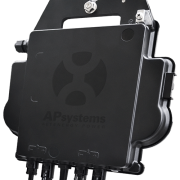
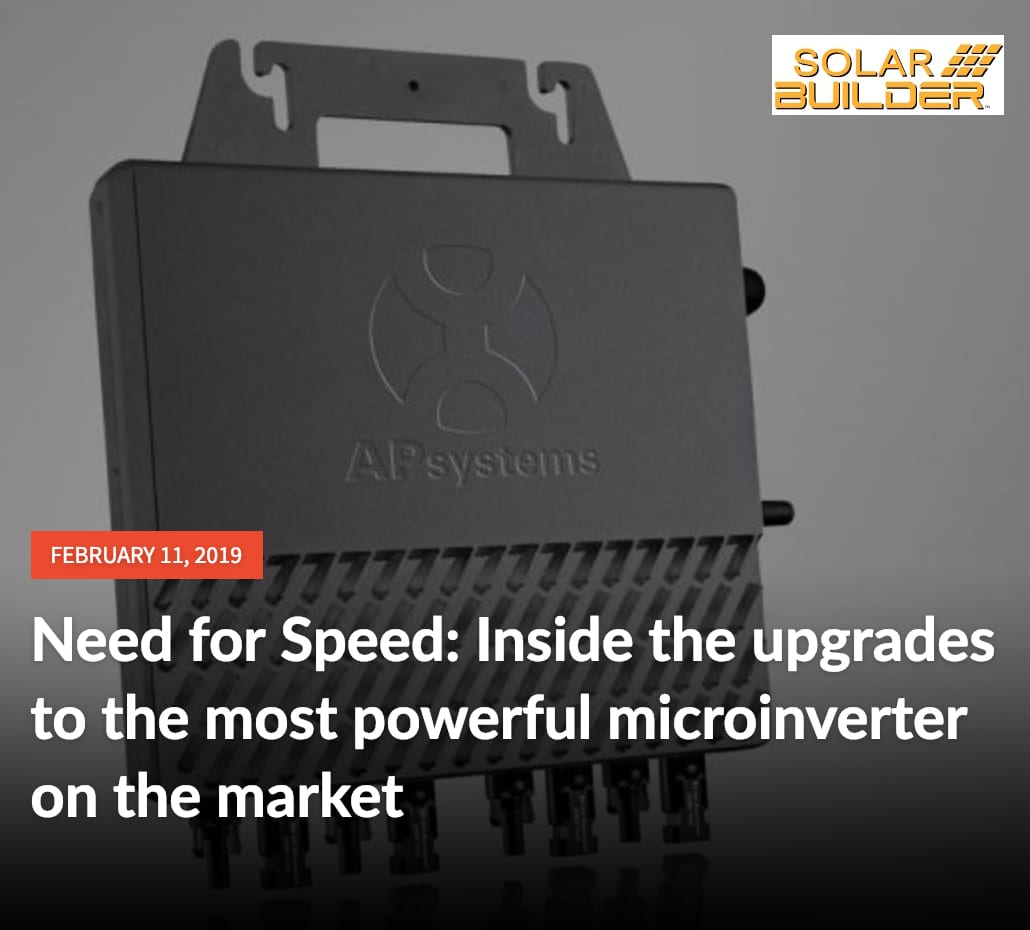

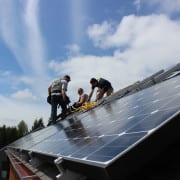
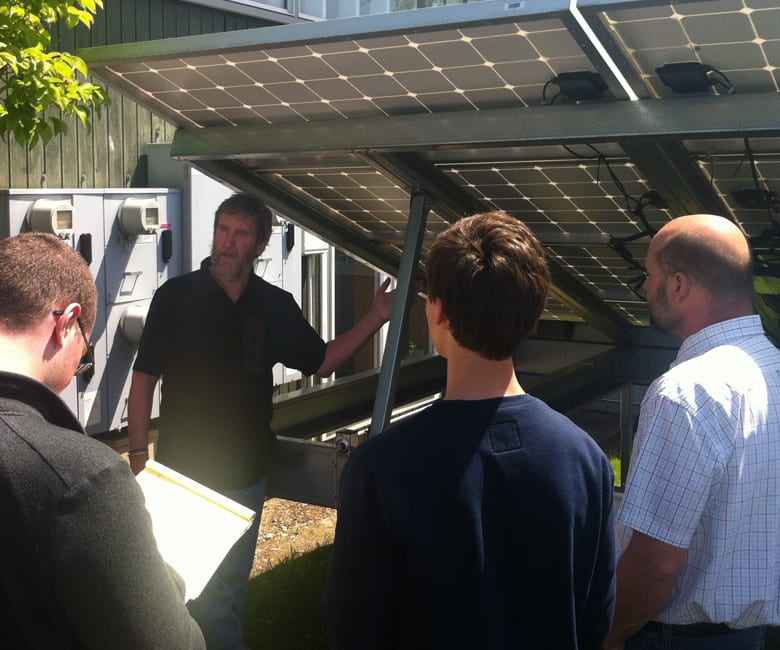


 APS has reimagined the possibilities of the solar microinverter, and the national media are taking notice. Solar Builder magazine features APS microinverters on the cover of their July/August edition with a lengthy feature story, “Rethinking Microinverters: APS America changes the game with microinverters that power multiple PV modules.”
APS has reimagined the possibilities of the solar microinverter, and the national media are taking notice. Solar Builder magazine features APS microinverters on the cover of their July/August edition with a lengthy feature story, “Rethinking Microinverters: APS America changes the game with microinverters that power multiple PV modules.”